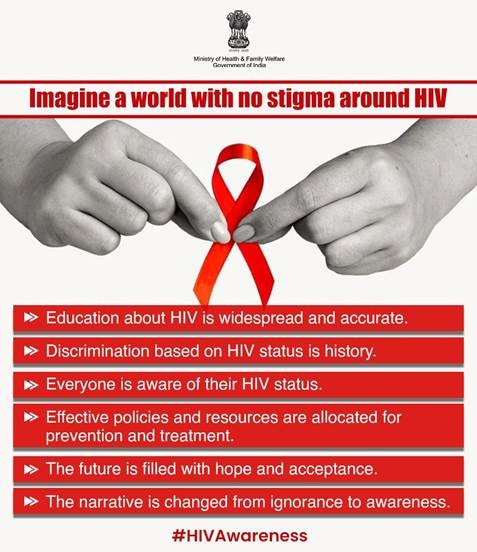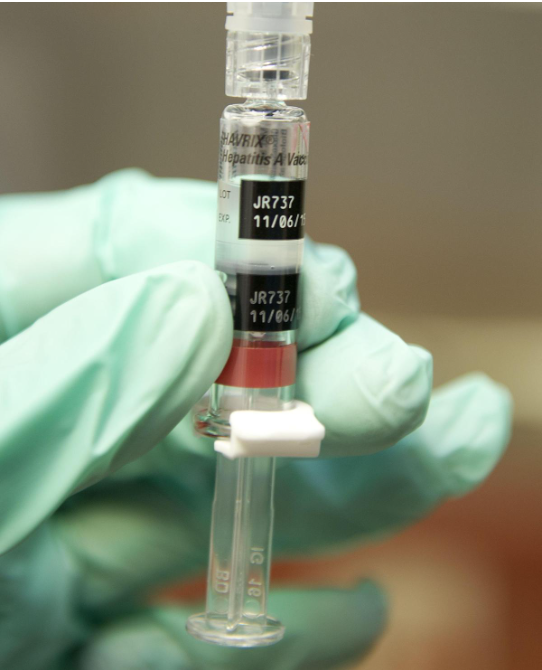





Copyright infringement not intended
Picture Courtesy: https://www.thehindu.com/news/national/government-plans-fmd-free-zones-in-eight-states-to-enhance-animal-product-exports/article68589464.ece
The Union government plans to develop foot-and-mouth disease (FMD)-free zones in eight states: Karnataka, Tamil Nadu, Andhra Pradesh, Telangana, Uttarakhand, Punjab, Haryana, Maharashtra, and Gujarat; to enhance animal product exports and global market presence.

|
Steps Taken to address Foot & Mouth Disease (FMD) ●The National Animal Disease Control Programme (NADCP) was launched in 2019 to address FMD. ●More than 50 crore animals have been vaccinated against Foot & Mouth Disease. ●The vaccination program is fully funded by the Government of India, which procures vaccines and supplies them to States. ●Livestock owners are encouraged to seek vaccination for their animals through outreach efforts. ● The goal is to eradicate Foot & Mouth Disease by 2030. |
Source:
|
PRACTICE QUESTION Q. Consider the following statements in the context of the Foot & Mouth Disease: 1. It is caused by an aphthovirus, a member of the Picornaviridae family. 2. It is a highly infectious viral infection that affects animals with cloven feet. 3. It is rarely transmitted to humans. How many of the above statements are incorrect? A) Only one B) Only two C) All three D) None
Answer: D Explanation: Statements 1 and 2 are correct: Foot & Mouth Disease is a highly contagious virus caused by aphthovirus, a genus within the Picornaviridae family, that primarily affects cloven-hoofed animals like cattle, pigs, sheep, and goats. The virus is highly contagious and can lead to severe economic impacts due to its impact on livestock health and productivity. Statement 3 is correct: Despite being highly contagious among animals, FMD is rarely transmitted to humans and does not pose a direct health threat. |






© 2025 iasgyan. All right reserved